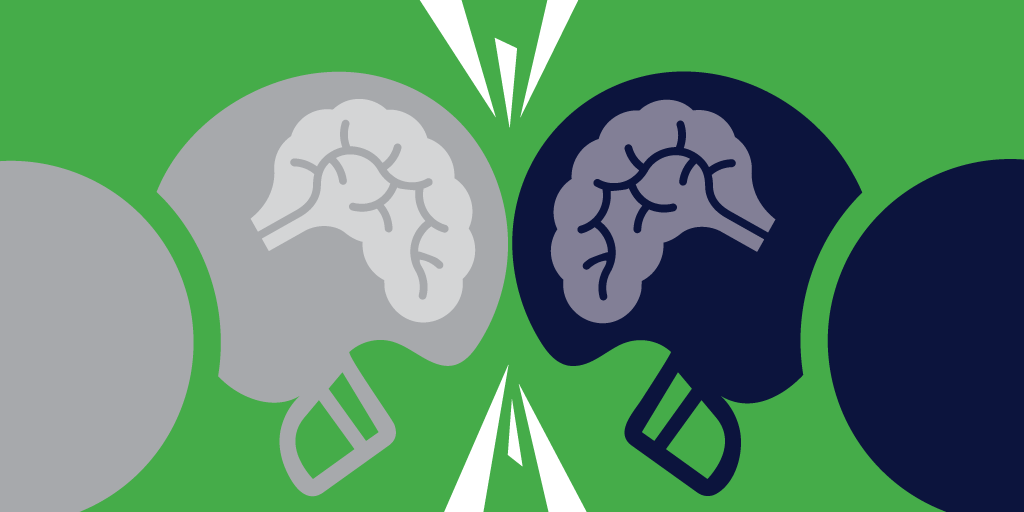Image: “CES Illustration” by Lorie Shaull via Flickr. CC BY 2.0 DEED
When people think of professional athletes, what’s the first thing that comes to mind? Why aren’t they performing up to my standards? Why are they getting paid all this money to underwhelm? It seems that people tend to focus more so on the sports side of things, and in doing so, forget that these athletes are humans just like the rest of us. Nowhere is this more apparent than in the presence of CTE in football, where people rarely consider the risk that these athletes put themselves in every time they step on the gridiron purely for our entertainment. This isn’t an injury that can be simply fixed with time and physical therapy, like a broken bone. CTE can impact these athletes for the rest of their lives and cause irreparable damage to both themselves and loved ones.
CTE is short for Chronic Traumatic Encephalopathy. It is defined by the Indiana University School of Medicine as a “progressive degenerative disease affecting people who have suffered repeated concussions and traumatic brain injuries.” This disease can be found in other contact sports, such as boxing and ice hockey, but it is most well-known and prevalent in football due to its consistently severe, violent nature. CTE tends to get worse over time and it can oftentimes be difficult to determine the severity of the disease. As a matter of fact, it can only be definitively diagnosed during an autopsy once the affected person is dead and their brain can be studied. The hardest part for these athletes is that symptoms usually don’t present themselves until years down the line, leaving them unaware that anything is wrong in the moment and, therefore, continuing to put themselves in harm’s way.
The main symptoms associated with CTE are cognitive deficits, memory loss, irritability, aggression, impulse control issues and mood changes — and these are only a few described by Life’s Big Win, a foundation for CTE awareness. This foundation was established in honor of Chandler Kimball, a talented football player who, due to the effects of the numerous hits he took while playing football, took his own life at the age of twenty-five. This disease does not just affect the professional athletes, however — it can be seen all throughout youth leagues from the moment these kids first strap on their pads and helmets.
According to the Mayo Clinic, a non-profit academic medical center, there are believed to be two forms that these symptoms can appear in. The first form is experienced in individuals’ late 20s to early 30s and includes mental health and behavioral issues. This is where a change in behavior appears — as if a switch goes off and their entire personality changes. The second form is usually later in life, beginning around the age of 60, where the person experiences memory and thinking issues that can eventually lead to dementia. On the other hand, MedicineNet, a website devoted to information on all kinds of diseases, believes that there are four stages. The first stage is the most mild and deals with headaches and difficulties paying attention.
What goes on in a brain experiencing CTE is very complex. The Mayo Clinic believes that CTE can cause areas of the brain to waste away, otherwise known as atrophy. This is because “injuries to nerve cells that conduct electrical impulses affect communication between cells”. During the autopsy to determine whether there was a presence of CTE, the doctors analyze the brain tissue and look for a pattern of something called the tau protein. If the brain did in fact experience CTE, the brain cells begin to darken.
Colin Bradley is a fourth-year English major with a minor in Journalism. CB953277@wcupa.edu

